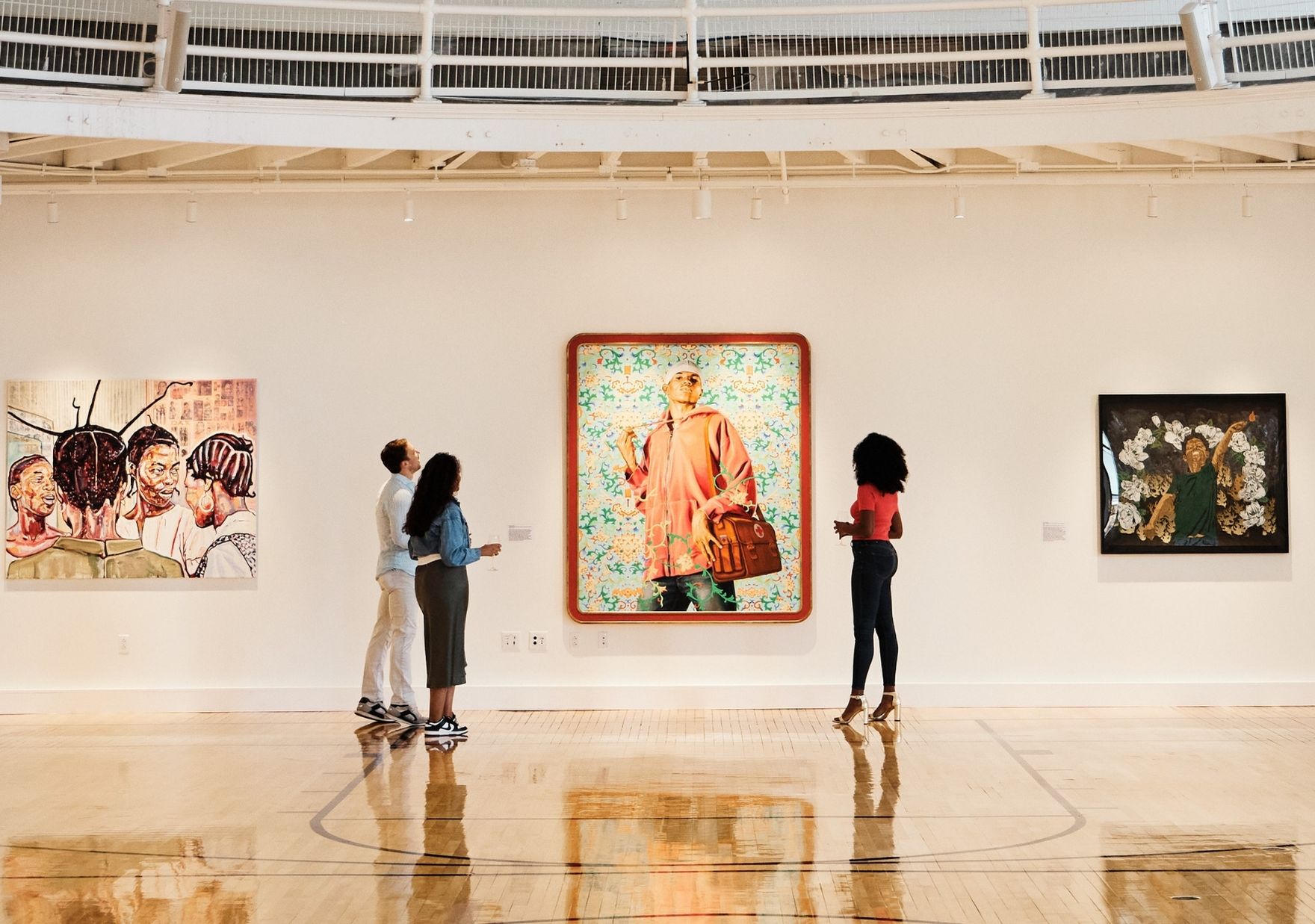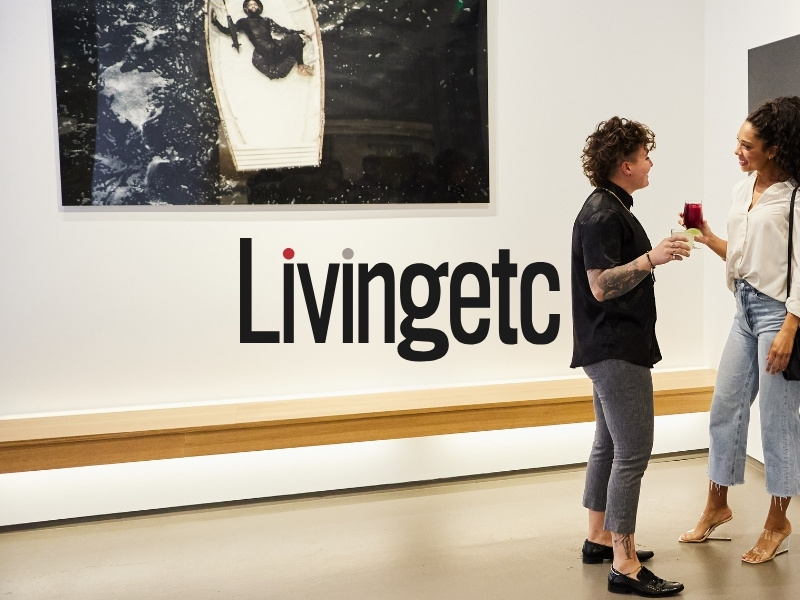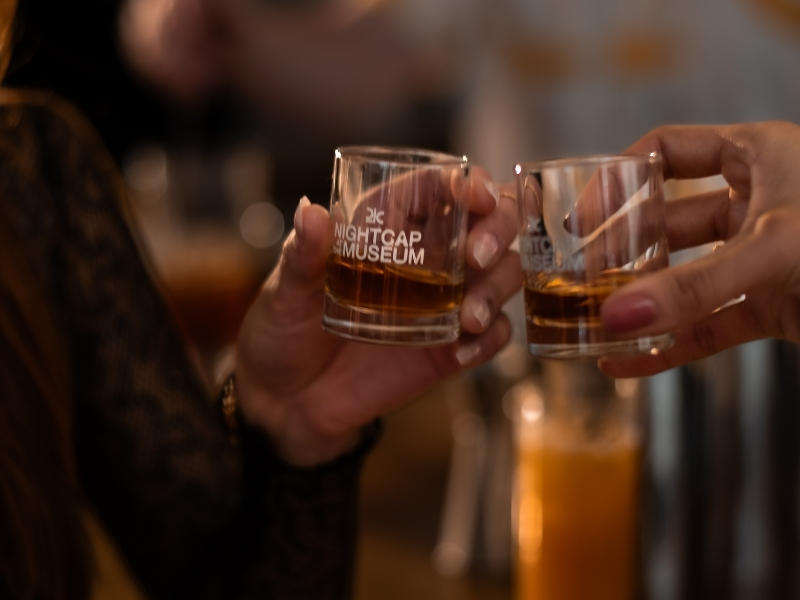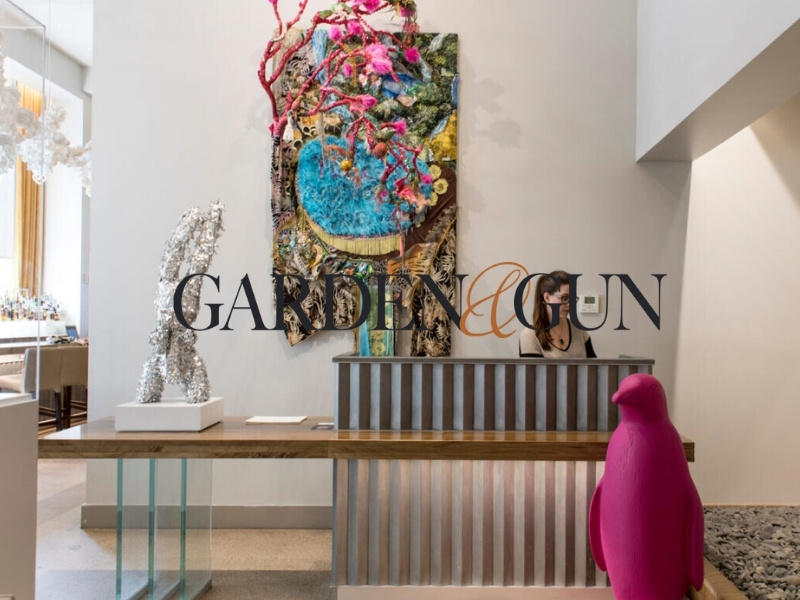
The Art of Now
Infusing the extraordinary into daily life, radical access to contemporary art is 21c’s modus operandi. Open round the clock and free of charge, the dynamic and thought-provoking curated exhibitions at every 21c hotel reflect the global nature of art today.
EXHIBITIONS
HIGHLIGHTS

Nightwatch Suites
Explore sleep-in, site-specific art installations by acclaimed artist Chris Doyle.

Are Hotels and Private Members’ Clubs the New Museums?
Meet the Curators Behind Hospitality’s Art-Fueled Renaissance.

Nightcap At The Museum
Take in contemporary art with a complimentary splash of bourbon.

How to Curate and Care for Art at Home
According to the Experts at 21c.
EVENTS
Explore what's on across 21c hotels – from highly anticipated events to weekly museum tours.